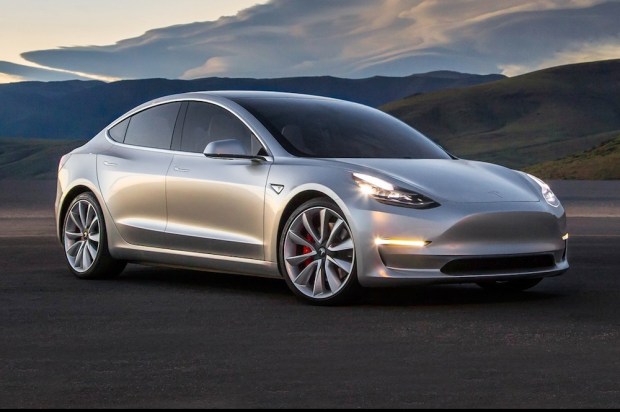Can Tesla Out-Uber Uber?

Autonomous cars. Ride-hailing. Ride-hailing with autonomous cars. Can Tesla make a splash — and some money — by jumping into Uber’s pool? Or is this the start of a race to the bottom, where already-tight margins get tighter (delighting consumers and possibly devastating investors)?
The news last week that Tesla Motors is getting into the ride-hailing business begs two questions: Why? And is that a good idea?
First, the barebones facts — and they are barebones, at least as of now. Reuters reported that details are due to be unveiled next year, and a ridesharing service (Tesla Network), perhaps curiously, was in what the newswire noted was a “disclaimer” about the self-driving features of the eponymous luxury vehicles.
“Please note that using a self-driving Tesla for carsharing and ride-hailing for friends and family is fine, but doing so for revenue purposes will only be permissible on the Tesla Network, details of which will be released next year,” the disclaimer on Tesla’s site said.
What immediately stands out from this disclaimer is the warning, of sorts, that ride-hailing “for revenue purposes” is something that is coming and that Tesla wants to control who, what, when and even where that ride-hailing takes place. Of course, Tesla is taking a page from Uber and others, looking to siphon some of the on-demand business and the dollars that come with it in a car-reliant ecosystem that is growing globally.
The initial shot that came across the bow for Uber and Lyft came when Elon Musk said this past July that, as part of the Tesla “Master Plan,” Tesla owners could work with the firm to add cars to a “shared fleet” that could both generate income for the car owner and lower the cost of ownership for the car itself. That shared model would seem to be the operant model in regions where car ownership is relatively higher than in others. In places where car ownership is lower, Tesla would manage its own fleet.
So, once the technology works smoothly and the details are hammered out as to just who gets to make money from the service, the question still remains as to whether this will be a good extension of Tesla’s “use cases” coming into an arena where the landscape is so crowded by so few players.
Signs point to a rough slog for Tesla, at least initially. The barriers to entry for both app-driven ride-hailing and maybe even self-driving cars are proving low, depending on the pockets funding both initiatives. General Motors has poured $500 million into Lyft as of the beginning of this year, and the car-making giant has been touting its Chevrolet Bolt, also with autonomous driving features.
Here’s what might happen, as all this cross-pollination is going on and as ridesharing services work with car companies (Lyft/GM) and car companies bring on board ride-focused services (Uber). The lines of competitive advantage get blurred, and a price war may be in the offing. At this moment, it is not clear which self-driving car might win out among would-be users (because the technology is so new, and regulators are still examining fully autonomous cars). Assume that, eventually, car makers get the autonomous part right. That takes care of safety and reliability. And the ease of summoning a ride is fairly standard, or will be, across all of these services — tap a button and you summon a ride. What’s left is pricing for the service itself.
Tesla seems to be pursuing a hardware/software/user model that keeps it all under the Tesla umbrella when it comes to ride-hailing. The cars will be out there, the network for hailing is confined to the cars and users get a financial boost in offering their cars as part of the service (they can offset the vehicle’s cost).
But is that enough to take share from Lyft and especially Uber? Again, price comes into play. We don’t have any details on how Tesla owners can, or can’t, charge for the Network. Interestingly, The Washington Post posited that there is no limit or explicit Tesla mention (yet) on how drivers may adopt ride-hailing services if they are driving in manual mode.
But where pricing may be the biggest and best weapon (and maybe the only arrow in the quiver) to take market share, a race to the bottom usually ensues and never ends well for anyone.
